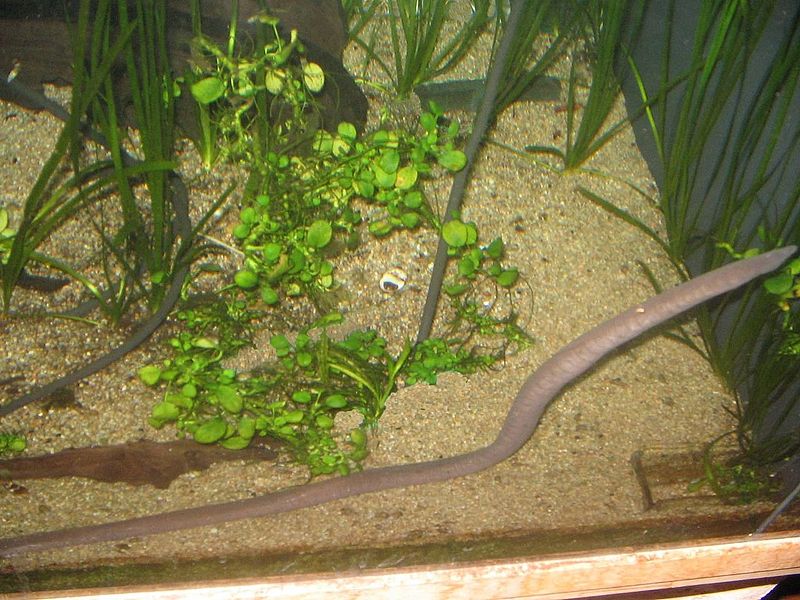Hi everyone, Dave here. It has been a few years since we last offered any products from JBJ USA, we are proud to once again offer products from this innovative manufacturer. As one of the pioneers of the all in one Nano-Reef aquarium, JBJ’s Nano Cube allowed aquarist with limited space and/or budgets to enjoy the beauty of the natural reef aquarium. Over the years, the JBJ Nano Cube has undergone quite a few changes, and we have brought the product line back to TFP with two of their most advanced models ever, the 28 gallon HQI, and the 28 gallon power compact powered Nano Cubes.
The 28 gallon HQI Nano Cube features a single 150watt 14K metal halide bulb, as well as 4 LED Nite-Vu bulbs, which give a high power 24 hr lighting system for whatever your reef keeping desires may be. Along with its powerful light source, the New Nano Cube has a wealth of other high tech features, like a built in Air powered protein skimmer, and a dual return pump system that incorporates a pair of JBJ’s Accela powerheads controlled by an adjustable JBJ Ocean Pulse wavemaker. These features add up to give this new Nano Cube a lot of bang for the buck, and allow you to keep even the most light demanding species of coral happy and healthy.
The 28 gallon power compact version of the tank features much of the same technology as its HQI powered counterpart, including the integrated filtration system, dual pump wavemaker, and LED Nite-Vu systems. The biggest difference between the two is obviously the light supply. The power compact Nano Cube uses a high power (105 watt) quad tube power compact, that has a dual spectrum output of 10,000K on one side, and 7100K on the other. With this set up you can use the system for freshwater or saltwater, and there is plenty of lighting power for keeping live plants or many corals thriving in this cool little tank. The compact flourescent model does not have a protein skimmer like the HQI version, but does have another interesting option. The filtration tray has a clear lid on it, so that the filtration compartment can easily be transformed into a built in refugium. Simply remove the media and replace it with macroalgae, pretty cool.
If you are in the market for an all in one aquarium system, you should check out the latest offerings from JBJ here at TFP, they are very nicely designed little tanks.
Until next time,
Dave
 That Fish Blog – Aquarium Advice and Information
That Fish Blog – Aquarium Advice and Information

 These fish are one of the smallest of danio species. Barely attaining a size of 2 inches, these little fish are very active and have been known to spawn in home aquaria! Their body is a beautiful gold with glowing orange stripe going down its side. You can also see some blue barring on the fish when they are very happy! Kept in groups of 10 or more, these little fish are really spectacular!
These fish are one of the smallest of danio species. Barely attaining a size of 2 inches, these little fish are very active and have been known to spawn in home aquaria! Their body is a beautiful gold with glowing orange stripe going down its side. You can also see some blue barring on the fish when they are very happy! Kept in groups of 10 or more, these little fish are really spectacular! Fin Danios, this species will develop broad, reddish-orange stripes on its fins. To make things even more interesting, this fish comes in a striped or spotted color morph! Regardless of the morph you see, this fish makes a robust and hardy addition to any home aquaria.
Fin Danios, this species will develop broad, reddish-orange stripes on its fins. To make things even more interesting, this fish comes in a striped or spotted color morph! Regardless of the morph you see, this fish makes a robust and hardy addition to any home aquaria. few aquatic members of this little studied amphibian order (the Gymnophiona), and, even now, is the only one to regularly appear in the trade, or even in zoos. They are found only within the drainages of 2 rivers systems in northern Columbia and northwestern Venezuela, and little is known of their lives in the wild.
few aquatic members of this little studied amphibian order (the Gymnophiona), and, even now, is the only one to regularly appear in the trade, or even in zoos. They are found only within the drainages of 2 rivers systems in northern Columbia and northwestern Venezuela, and little is known of their lives in the wild. Hailing from the Indo-Pacific region (western Pacific and eastern Indian Oceans, including the Great Barrier Reef), this clownfish reaches a length of 3.2 inches in captivity; wild specimens are reported to exceed 4 inches in length, but captive bred animals are generally smaller.
Hailing from the Indo-Pacific region (western Pacific and eastern Indian Oceans, including the Great Barrier Reef), this clownfish reaches a length of 3.2 inches in captivity; wild specimens are reported to exceed 4 inches in length, but captive bred animals are generally smaller. immune to its own unique defense system.
immune to its own unique defense system.